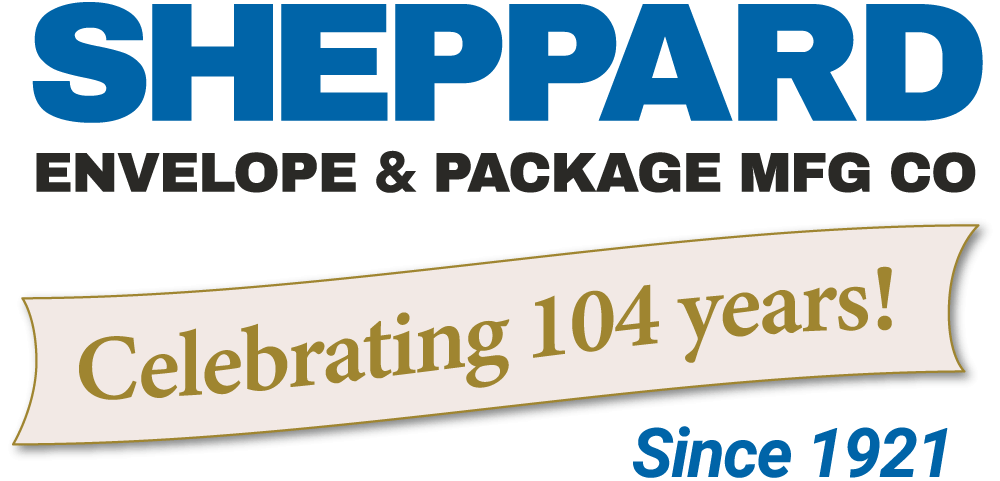INFORMATION FOR MAILERS
Direct Mail
Direct Mail: Is it ‘Old Fashioned’ if it Works? (Source: iJetColor newsletter 3/17/17)
Grabbing someone’s attention isn’t as simple as mailing a postcard or stuffing a letter in an envelope. Although both of those tactics work when done intelligently. Packages can be an excellent way to get attention, especially if you’ve got an important message or product to share.
Direct Mail Marketing Trends
—————————————
ARTICLE: Majority of U.S. consumers value paper over digital-only options (Source: Two Sides)
A survey commissioned by Two Sides and conducted by Toluna Inc. reveals how U.S. consumers view corporate initiatives forcing people into digital-only communication by eliminating paper-based options.
Results indicate that most consumers want to retain the choice of receiving paper bills and statements at no additional cost. For example, 79% of respondents want the option to continue receiving printed information as it provides a more permanent record, and 77% would be unhappy if they were asked to pay a premium for paper bills and statements.
Other key factors in retaining paper options were ease of reading on paper compared to a screen (79% prefer paper) and unreliable internet access (49%).
Most respondents (85%) agreed that cost-saving is the main reason why companies use environmental claims such as, “Go Paperless – Go Green”, or “Go Paperless – Save trees”. In addition, 57% of respondents reported that they question the validity of such claims.
Key findings
- “Go paperless – go green” claims are questioned by many
- 85% of respondents receiving environmental claims such as, “Go Paperless – Go Green”, or “Go Paperless – Save trees” believe companies are seeking to save costs (Even 75% of 18 to 24 year olds).
- 57% question the validity of these claims (48% of 18 to 24 year olds).
- 79% agreed that reading from paper is better than reading off a screen (79% of 18 to 24 year olds).
- 76% agreed that paper is based on a renewable resource (66% of 18 to 24 year olds).
- 76% agreed that print on paper is more pleasant to handle and touch when compared to other media (73% of 18 to 24 year olds).
- 56% agree that paper records are more environmentally sustainable than electronic storage of information (45% of 18 to 24 year olds).
Non Profit Mail
Facts about Non Profit Mail (source: EMA “Postal Partners” Newsletter, Second Quarter 2016)
As we explore the issue of cost attribution to various classes of mail in the next several issues of Postal Partner News, we thought you would find some of these facts about non-profit mail most interesting. EMA works closely with the Alliance of Nonprofit Mailers and we frequently get useful information from the. Consider the following:
- Nonprofits generate one in ten pieces of mail delivered by the United States Postal Service. In 2015, that included 12.6 billion pieces of Nonprofit Standard Mail, 1.4 billion peicdes of Nonprofit Periodicals, and over 1 billion pieces of First-Class Mail primarily used to send donations to nonprofits. Total USPS volume in 2015 was 154 billion.
- Many nonprofits rely on postal mail as their main, if not only, source of funding. For many nonprofits, most of their revenue comes through First-Class Mail.
- The reality is that nonprofits cannot replace postal mail. Most nonprofits are captive customers of the USPS. Nonprofits used digital alternatives to mail but they are not scalable or nearly as effective as postal mail. Digital media are an adjunct to mail rather than a direct alternative or a replacement for mail.
- Nonprofits’ use of mail does react diretly to the cost of postage. For the two years the recent 4.3 percent pricing surcharge was in effect, Nonprofit Standard Mail volume dropped 4.7 percent compared to the previous five years. We expect some rebound with the removal of the surcharge as many nonprofits are saying they will use the postage differential to help pay for more fundraising.
USPS Information
Postal Service May Finally get Financial Help from Proposed Bill (article from the Washington Post 2/7/17)
Message from Sheppard Envelope’s CEO
Postal mail continues to be a major factor in the US economy and direct mail continues to grow at ±3% every year. So it’s clear that there is still a lot of interest in receiving hard copy.
We hope this page will help make it easy for you to find USPS subjects of interest. We’ll also include links to closely affiliated topics.
If you have a favorite link related to the USPS, please let us know. We may wish to include it here. We envelope manufacturers are vitally interested in your thoughts, and, through our trade organization, The Envelope Manufacturers Association (EMA), perhaps even have a way of expressing those thoughts in a way that might have a chance of being heard in DC. As a former Chairman of the EMA, I can assure you that your input is important.
Thank you,
Linc Spaulding, CEO
Sheppard Envelope Mfg. Co.
Auburn, MA 01501
USPS Automation Discounts
The USPS now requires mailpieces carry the Intelligent Mail Barcode (IMb) “for all automation price eligibility”. Automation discounts only apply to IMb’s that are “Full Service” (outgoing mail only).
Please check out the following links to important information from the United States Postal Service about the IMb and its use.
USPS Intelligent Mail Barcode Resource Guide (PDF)
For a comprehensive search of USPS Mail Preparation Information, click on Postal Explorer
Positioning Mailing Industry for Growth (Source: “Postal Partner News”, First Quarter 2015)
The USPS is investing $2 billion to replace aging vehicles and to purchase more package sorting equipment. The latter is based on double-digit growth of package volume since 2012, and projections for future growth fueling the need for additional sorting capabilities.

